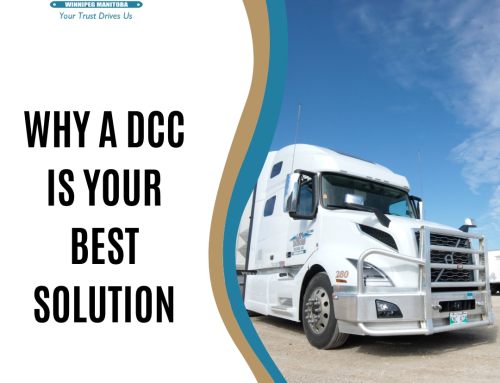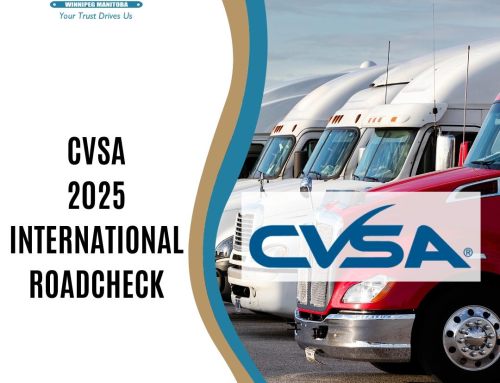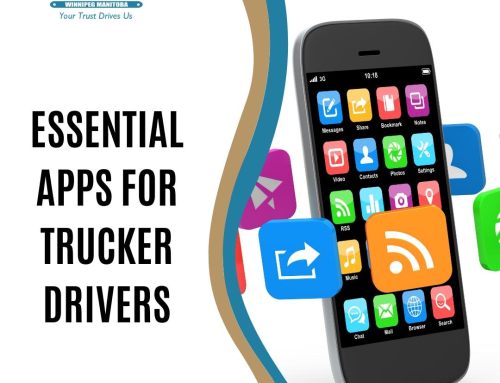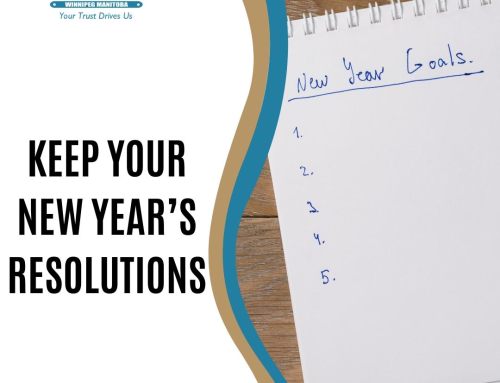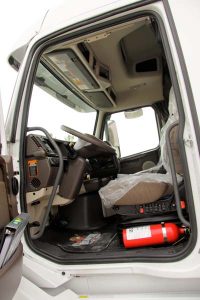 In part two of vehicle inspections we’ll focus on things inside the cab.
In part two of vehicle inspections we’ll focus on things inside the cab.
You need to inspect your truck before each trip and the beginning of each day while on your trip. Malfunctioning equipment is a safety issue and can make you the target of costly tickets.
Finding problems before you start your trip or when you’re safely parked during your trip can save costly roadside repairs.
In cab inspection
- 10 lb ABC fire extinguisher – Fully charged, secured inside cab.
- Red reflective emergency triangles – 3 triangles, not broken.
- Safety belt – Secured, not cut or broken, latches properly.
- Dashboard – Clean, and free of debris.
- Windshield – Not cracked or damaged.
- Wiper arms – Not cracked broken, working properly.
- Wiper blades – Not damaged and making contact with the windshield.
- Windshield washer – Working properly.
- Mirrors – Not cracked or broken, properly adjusted.
- Horns both city & highway – Working properly.
- Gauges – Work properly and activated.
- Heater, defroster, and blower – Working properly.
Brake check
- Tractor parking brake – Ensure yellow knob is out and the red knob is in. In low gear – tug.
- Trailer parking brake – Ensure red knob is out and the yellow knob is in. In low gear – tug.
Lights
- Low beams – Physically get out and check to ensure lights are working.
- Running lights – Physically get out and check to ensure lights are working on tractor & trailer.
- Turn signals – Physically get out and check to ensure lights are working on tractor & trailer for both left and right signal.
- Hazards (4 way) – Physically get out and check to ensure lights are working on tractor & trailer.
- Brake lights – Pull spike (trailer hand brake) and physically get out and check to ensure lights are working on tractor & trailer.
- High beams – Physically get out and check to ensure lights are working.


